Christian Dansereau
A brain signature highly predictive of future progression to Alzheimer's dementia
Mar 02, 2018
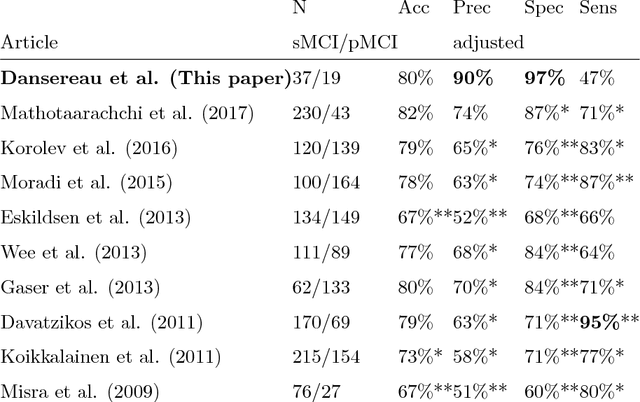
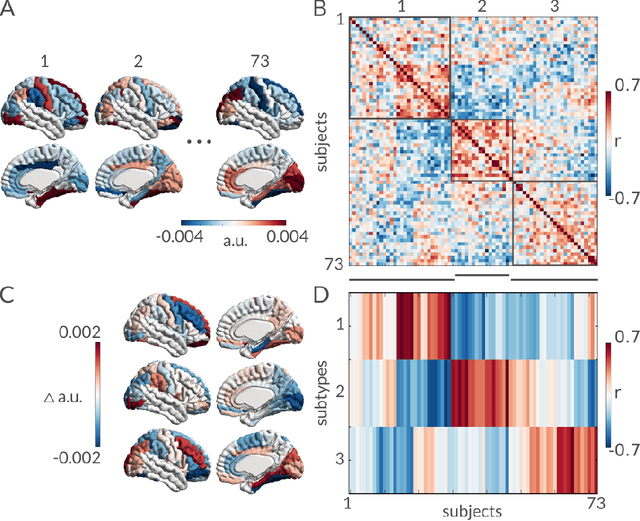
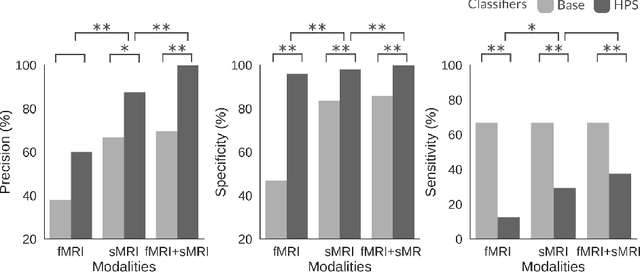
Abstract:Early prognosis of Alzheimer's dementia is hard. Mild cognitive impairment (MCI) typically precedes Alzheimer's dementia, yet only a fraction of MCI individuals will progress to dementia, even when screened using biomarkers. We propose here to identify a subset of individuals who share a common brain signature highly predictive of oncoming dementia. This signature was composed of brain atrophy and functional dysconnectivity and discovered using a machine learning model in patients suffering from dementia. The model recognized the same brain signature in MCI individuals, 90% of which progressed to dementia within three years. This result is a marked improvement on the state-of-the-art in prognostic precision, while the brain signature still identified 47% of all MCI progressors. We thus discovered a sizable MCI subpopulation which represents an excellent recruitment target for clinical trials at the prodromal stage of Alzheimer's disease.
Statistical power and prediction accuracy in multisite resting-state fMRI connectivity
Jan 27, 2017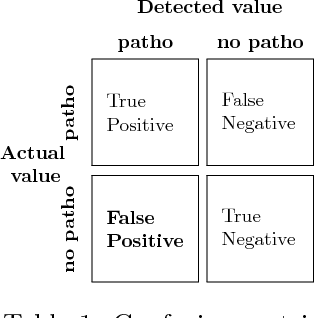
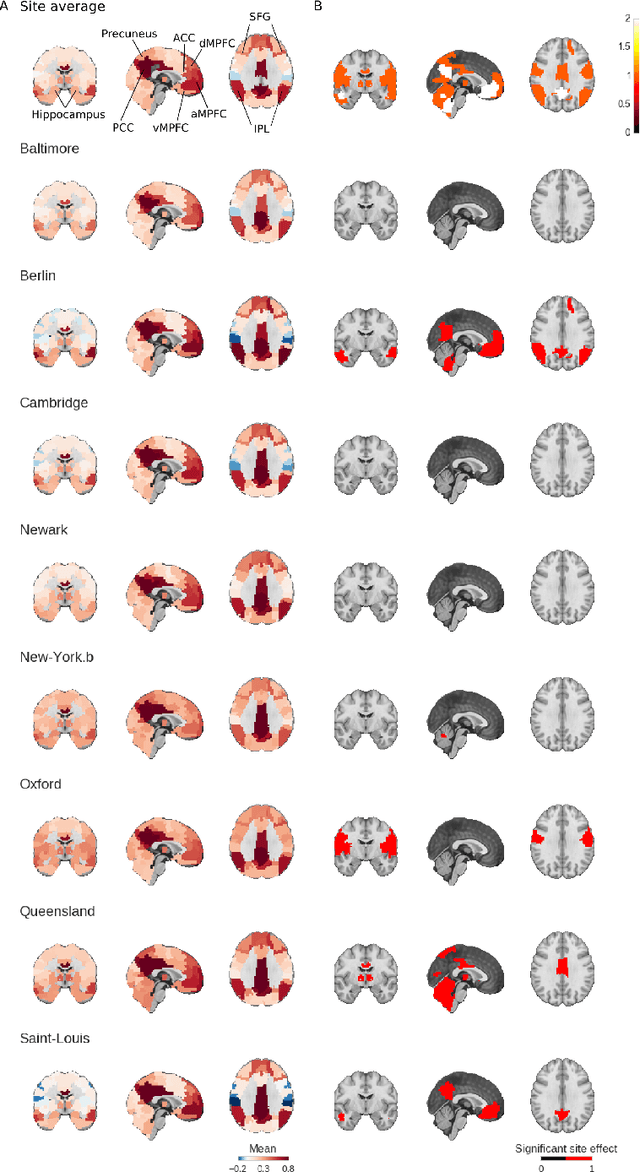

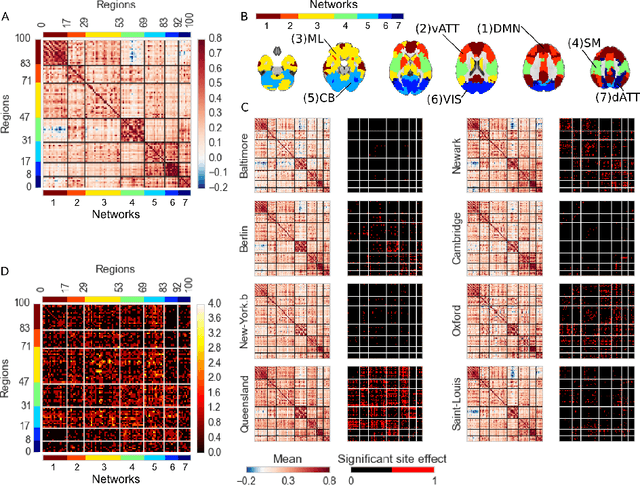
Abstract:Connectivity studies using resting-state functional magnetic resonance imaging are increasingly pooling data acquired at multiple sites. While this may allow investigators to speed up recruitment or increase sample size, multisite studies also potentially introduce systematic biases in connectivity measures across sites. In this work, we measure the inter-site effect in connectivity and its impact on our ability to detect individual and group differences. Our study was based on real, as opposed to simulated, multisite fMRI datasets collected in N=345 young, healthy subjects across 8 scanning sites with 3T scanners and heterogeneous scanning protocols, drawn from the 1000 functional connectome project. We first empirically show that typical functional networks were reliably found at the group level in all sites, and that the amplitude of the inter-site effects was small to moderate, with a Cohen's effect size below 0.5 on average across brain connections. We then implemented a series of Monte-Carlo simulations, based on real data, to evaluate the impact of the multisite effects on detection power in statistical tests comparing two groups (with and without the effect) using a general linear model, as well as on the prediction of group labels with a support-vector machine. As a reference, we also implemented the same simulations with fMRI data collected at a single site using an identical sample size. Simulations revealed that using data from heterogeneous sites only slightly decreased our ability to detect changes compared to a monosite study with the GLM, and had a greater impact on prediction accuracy. Taken together, our results support the feasibility of multisite studies in rs-fMRI provided the sample size is large enough.
 Add to Chrome
Add to Chrome Add to Firefox
Add to Firefox Add to Edge
Add to Edge